Living in New York City means small bathrooms, thin walls, and neighbors who keep odd hours—so an NYC quiet toothbrush must do more than promise low decibels; it must perform reliably as the go-to NYC apartment toothbrush for urban dwellers. Below we explain the technical choices, user-experience tradeoffs, verification steps, and B2B opportunities that make a toothbrush genuinely apartment-friendly rather than just “quiet on paper.”
First and foremost, apartment use imposes constraints that shape product requirements. Compact storage, shared living spaces, and the need for discretion mean the ideal NYC apartment toothbrush must be:
Consequently, manufacturers should design for real-world urban usage rather than ideal lab conditions.
Reducing noise while retaining cleaning efficacy requires targeted design choices:
Together these elements create a quiet product that still delivers effective plaque removal.
A successful NYC quiet toothbrush should offer mode intelligence, because not every user wants silent high-power cleaning:
Smart firmware that adapts power curves rather than simply cutting RPM preserves cleaning results while reducing annoyance.
B2B buyers want objective proof. Effective validation includes:
Providing these datasets to distributors reduces buyer risk and accelerates adoption.
Beyond noise, an NYC apartment toothbrush must be convenient in tight spaces:
Packaging and accessory design that respect small-space living increase perceived fit for urban buyers.
For OEMs/ODMs and distributors, the apartment angle supports clear go-to-market strategies:
These moves turn a technical feature into a scalable commercial advantage.
An NYC quiet toothbrush becomes a true NYC apartment toothbrush only when acoustic design, practical ergonomics, validated performance, and thoughtful packaging come together. For B2B partners, the opportunity lies in engineering beyond the decibel label—creating an urban-ready product that shoppers recognize as solving real apartment problems, not just hitting a marketing spec.
Would you like a one-page spec checklist (target dB by mode, motor types, IP rating, dock options) to hand your R&D or procurement team? Contact us
-300x300.jpg)

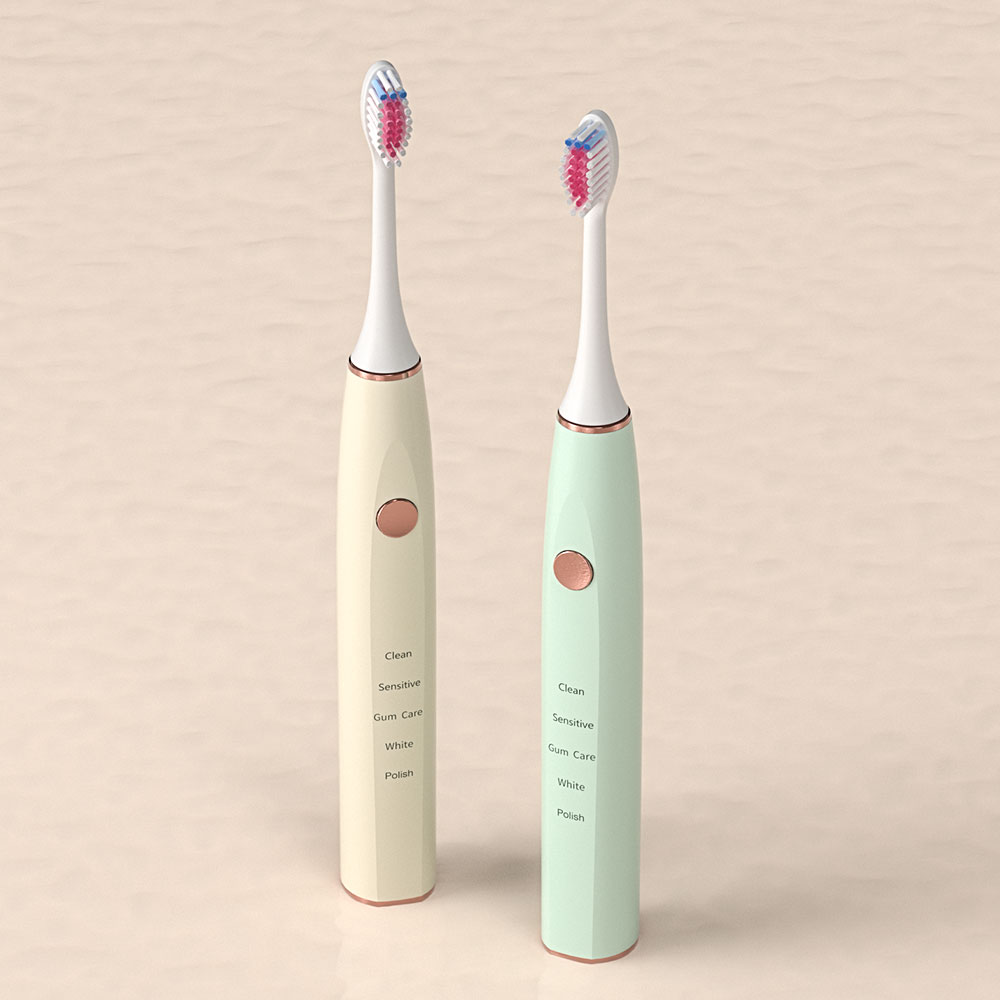
How much does it cost to manufacture a toothbrush?
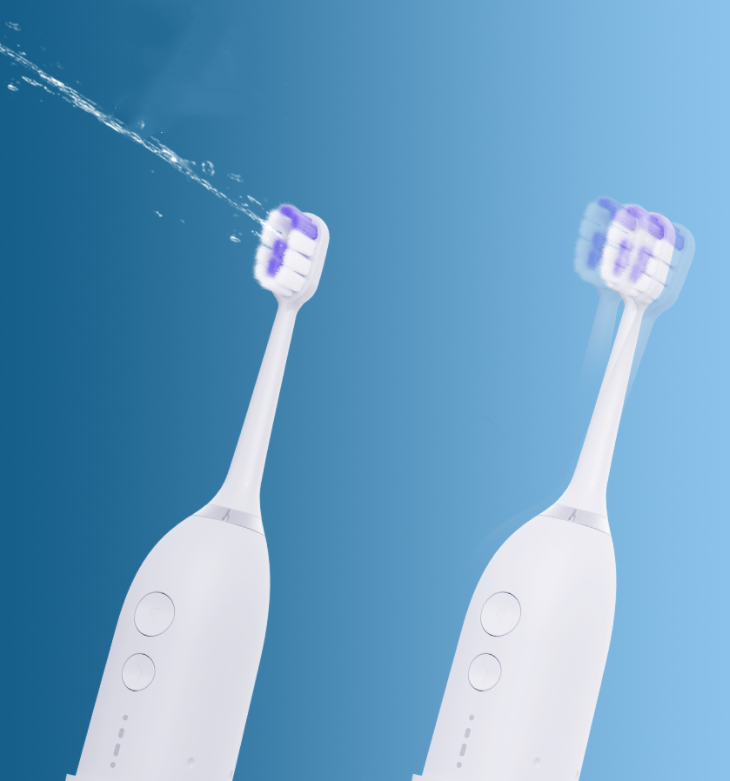
Is Low-Speed Brushing Safer for Toddlers?
.jpg)
Texas Electric Toothbrush – Powsmart PTR-C8 Long Battery
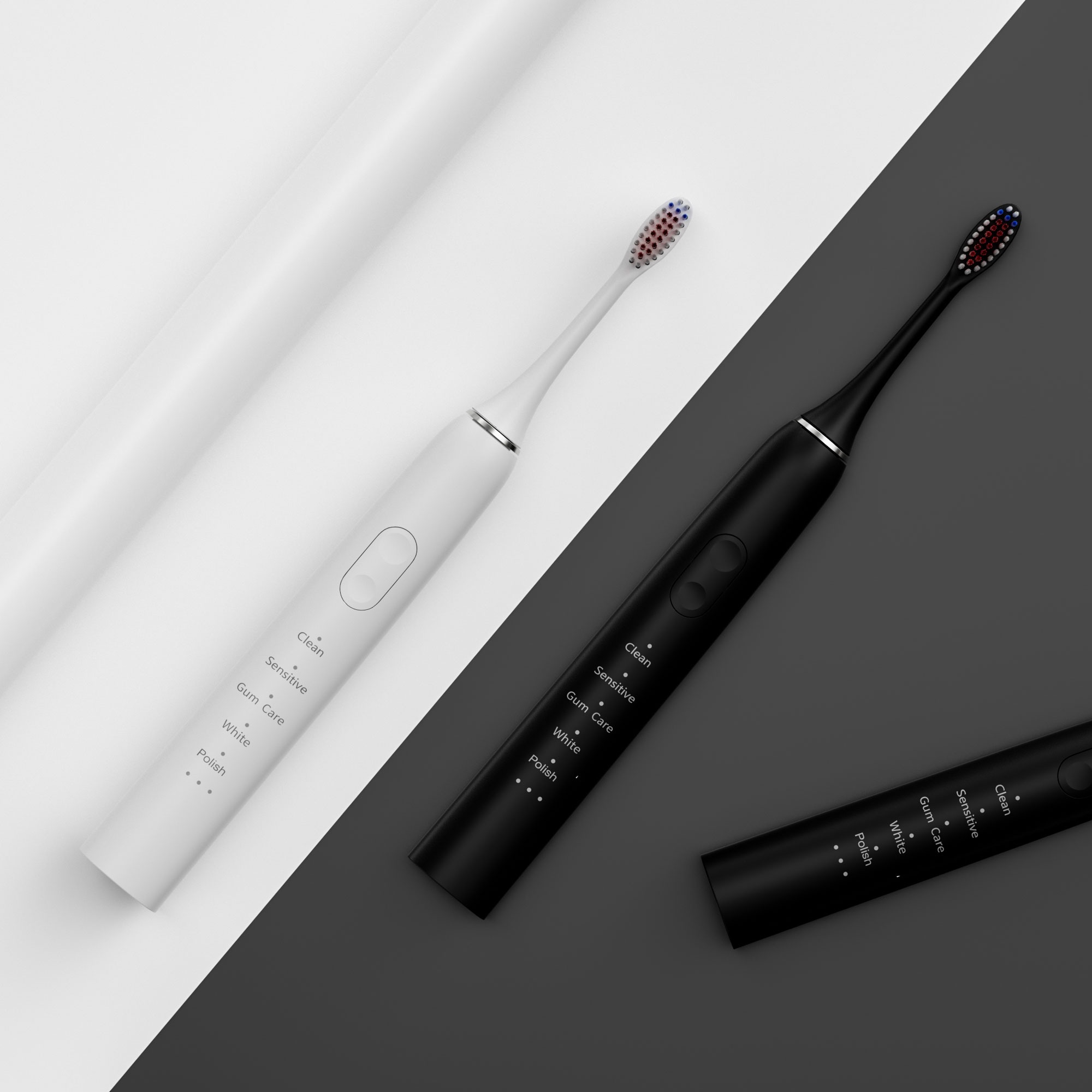
What types of batteries are currently available for electric toothbrushes?
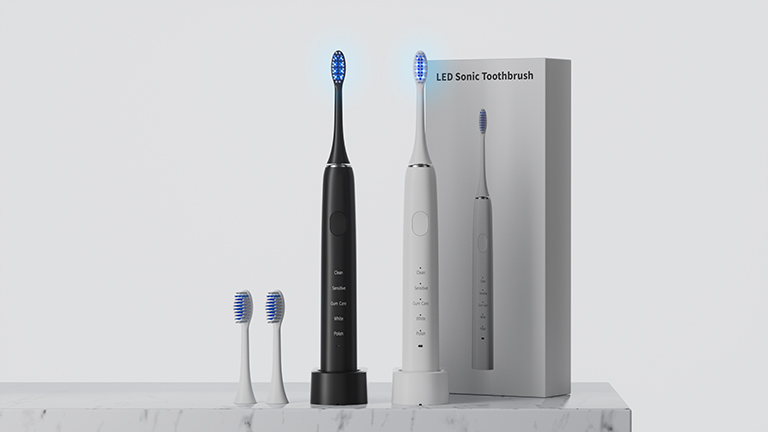
Looking for Toothbrush OEM Manufacturing Services with Custom Toothbrush Branding Capabilities?
Professional-Grade Electric Toothbrush for Clinics – Reliable OEM Equipment for Dental Practices
.jpg)
California Waterproof Toothbrush – Powsmart PTR-C8 for Beach Lifestyle

Can Bluetooth Toothbrushes Improve Brushing Accuracy?

The Truth About Blue Light Whitening in OEM Electric Toothbrushes
.webp)
Choosing a Smart Toothbrush Manufacturing Partner?
.jpg)
Seeking dental assistant roles? Certification programs near Tacoma
Electric Toothbrush with Replaceable Heads – Cost-Effective and Sustainable B2B Oral Care Solution

What is the Electric Toothbrush Market Forecast?
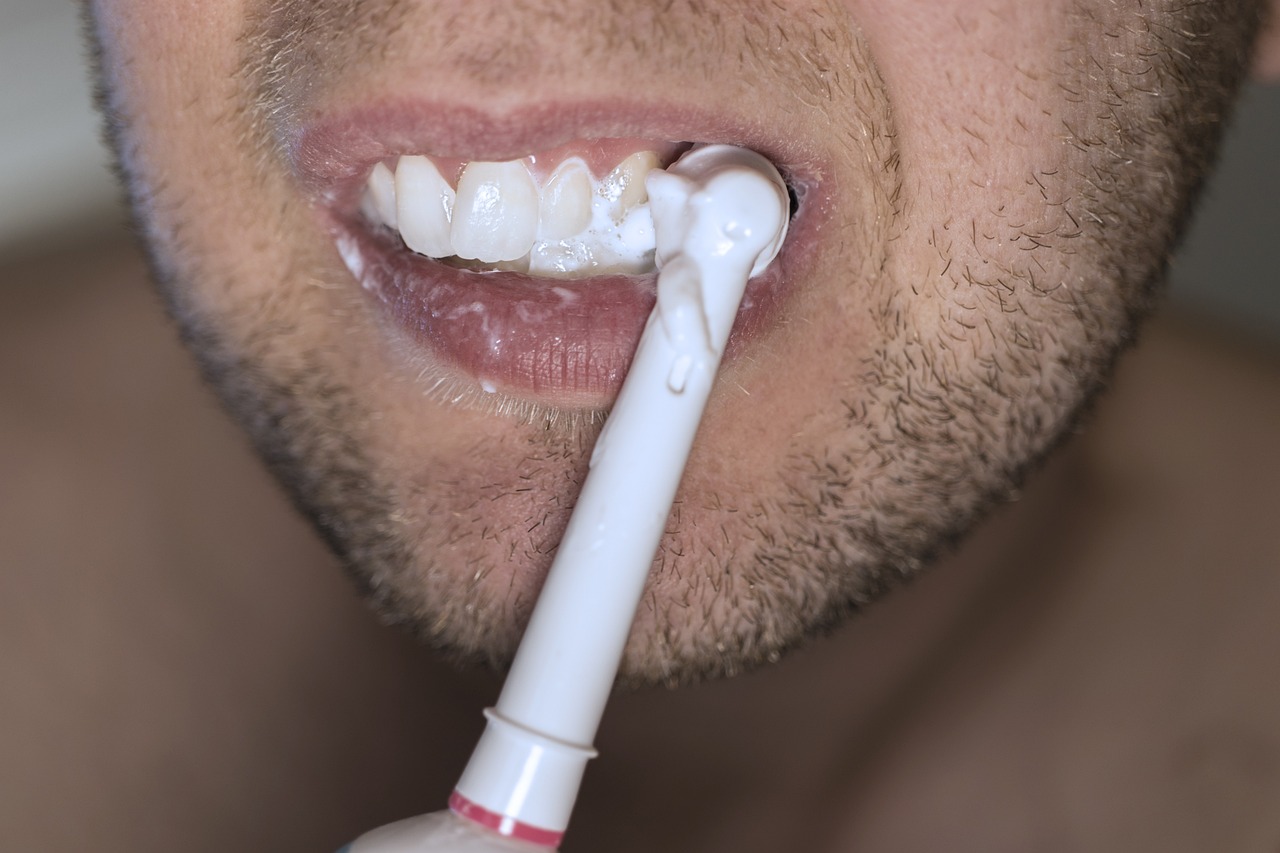
Is the Electric Toothbrush Market Growing?

Quietest Electric Toothbrush OEM Models for NYC Apartments
.jpg)
Is an LA affordable toothbrush available at LA store toothbrush locations?

electric toothbrush heads Charcoal Infuse-Round

electric toothbrush heads Deep Clean

electric toothbrush heads Regular Clean

Electric toothbrush heads Charcoal Infused-Diamond

electric toothbrush heads Ultra Soft

Customization Teeth Whitening Gel

Private Label Whitening Gel
.jpg)
Florida Electric Toothbrush – Powsmart PTR-C8
whstapp
whstapp
National Toll-Free Service Hotline
+86 755 86238638